Social-Emotional Learning through Language Skills and Higher-Order Thinking

LESSON FOR REMOTE:
-
Whole Group or Small Group, Jamboard: Make a COPY: https://jamboard.google.com/d/1lxVFLZR_kS7jb2EBwl4nDEsPY-VuJ188DDpYhkkDN-Y/copy
I do this with the WHOLE GROUP together. I make the link so anyone can edit. In this Jamboard, I have students each pick a card and come up with a word, or words to describe the feeling or action. The trick is to think and share through symbols and metaphors.
2. Whole Group and Breakout Rooms: Make a COPY: https://docs.google.com/presentation/d/1hLCXgvHbYVxd1MsCZxFg9iWFqDIHIKsl6Ge_uamF-cg/copy
In this Slides activity, students will be put into small groups, be given a theme, serious of words or types of words or may create their own. Students will use symbols, ideas, feelings and thoughts to match themes to an abstract image. In LARGE GROUP, small groups will present their word or phrase and others will guess what pictures they feel works with it (explaining why).
Dixit is a fantasy association game. The game contains large playing sized cards each with different images. The fantasy and story-telling images are extremely detailed and provide room for interpretation and abstract thinking. Children and adults alike enjoy reading the cards and finding creative ways to interpret the meaning and symbols.
At home, I play this with my family (ages 16, 17, 20 and adults). I also have an ELL student living with us who loves using this game to learn vocabulary. He uses a translater to help him express his ideas.
As an educator, I play this with my students as a guided language lesson. We dig into higher-order thinking skills, comprehension, symbolism and abstract thinking. We use the pictures to discuss elements of a story as well as point of view and perspective. I dug through the curriculum (Ontario) for examples of higher-level language skills that can be practiced when using this tool.
Picture Comprehension/Abstract Thinking and Skills to Practice and Learn:
“Understanding the content of the picture and being able to think abstractly about associations that may be made with that picture is a required skill for the game”
Skills:
- Comprehension
- Abstract Thinking
- Expressive Language
- Verbal Language
- Interpersonal and social skills
- Use of critical and creative thinking skills and/or processes.
- Communicating and conveying meaning through various forms
- Transfer of knowledge and skills (e.g., concepts, strategies, processes) to new contexts
- Real, purposeful talk
- analyze texts and images in order to evaluate how effectively they communicate ideas, opinions, themes, or experiences
- use appropriate words, phrases, and terminology from the full range of vocabulary, including inclusive and non-discriminatory language, and a range of stylistic devices, to communicate their meaning
- develop and explain interpretations of increasingly complex or difficult texts using stated and implied ideas from the texts to support their interpretations
- analyze a variety of text forms and explain how their particular characteristics help communicate meaning,
- identify various elements of style – including metaphor, and symbolism – and explain how they help communicate meaning and enhance the effectiveness
- regularly use vivid and/or figurative language and innovative expressions
- develop and explain interpretations of increasingly complex or difficult texts using stated and implied ideas from the texts to support their interpretations
- use vivid and/or figurative language and innovative expressions in their writing
Resources:
https://teachinggamesefl.com/2017/08/24/how-to-use-dixit-in-the-classroom/
https://www.teachershouseshop.com/archives/1230
http://c-raine.com/2013/11/12/dixit-storytelling-cards-inspire-esl-class/
https://samblanco.com/2013/10/22/dixit/
https://samblanco.com/2013/10/22/dixit/
Video: https://www.youtube.com/watch?v=J6UlbxeDE0w
https://www.teachershouseshop.com/archives/1230
Picture Comprehension/Abstract Thinking – Understanding the content of the picture and being able to think abstractly about associations that may be made with that picture is a required skill for the game. For some learners, I focus on the “clues” they give by narrowing the possible choices they can use. For example, if I have a student that loves movies, all clues must relate to movie titles.
Describing Pictures/Expressive Language/Intraverbal Conversation – After all, cards have been displayed, players discuss which card they believe is the correct choice for the clue. They must be able to provide their reasons for the choice they have made.
https://samblanco.com/2013/10/22/dixit/


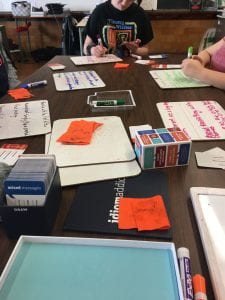
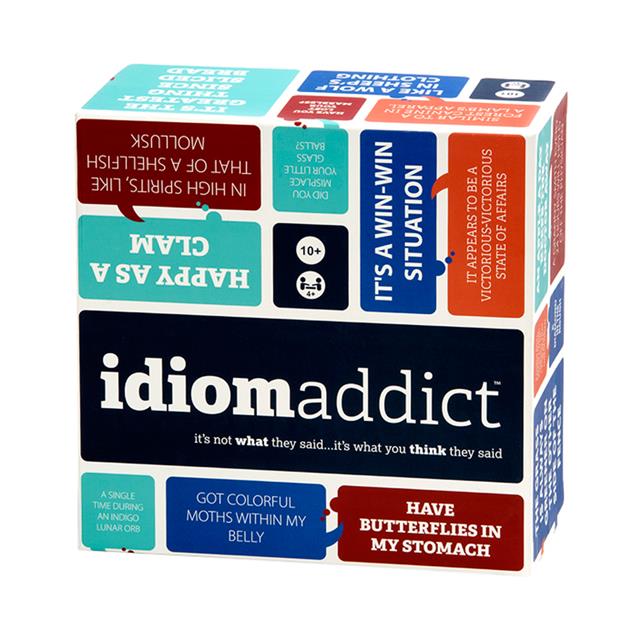


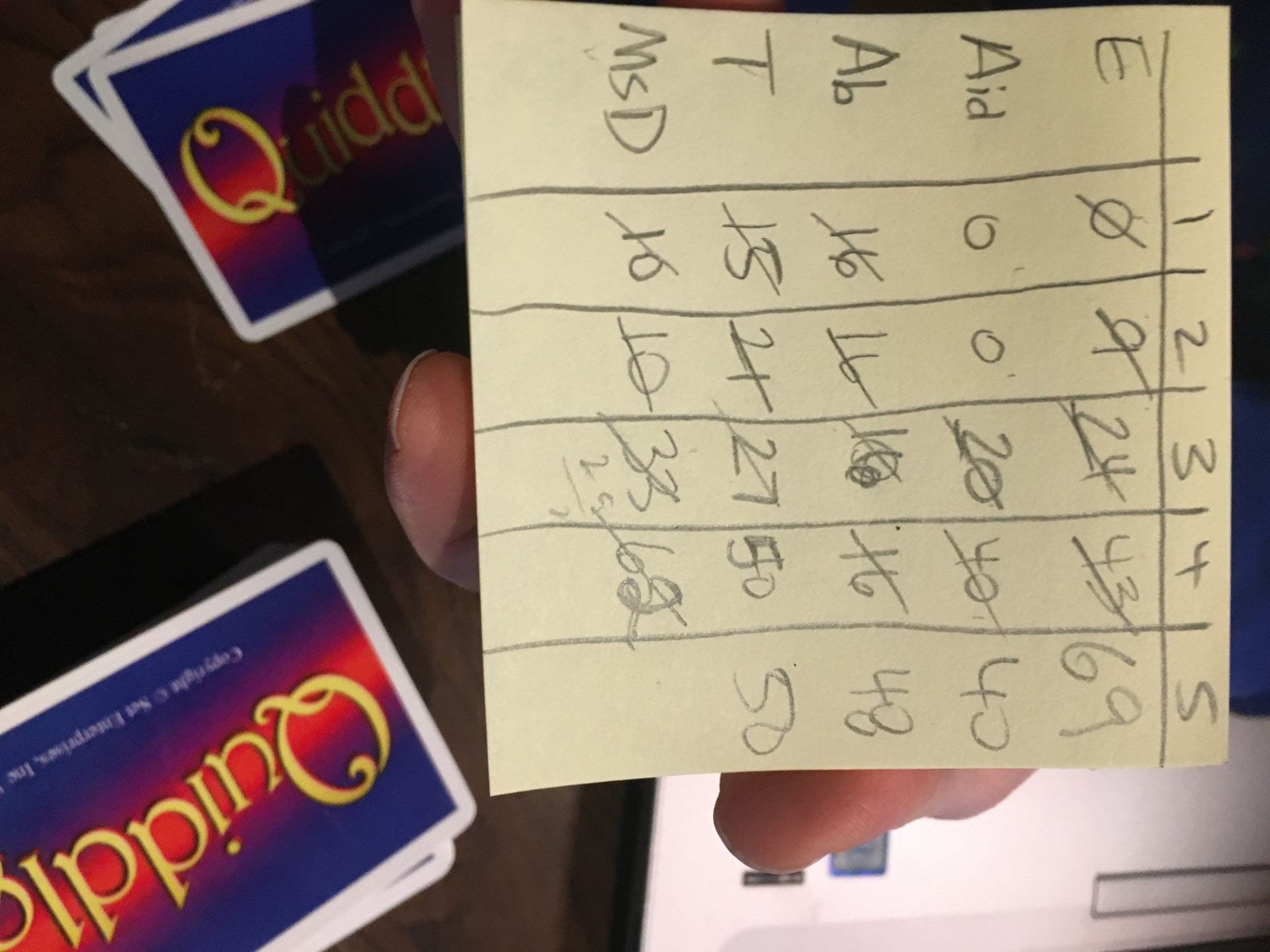
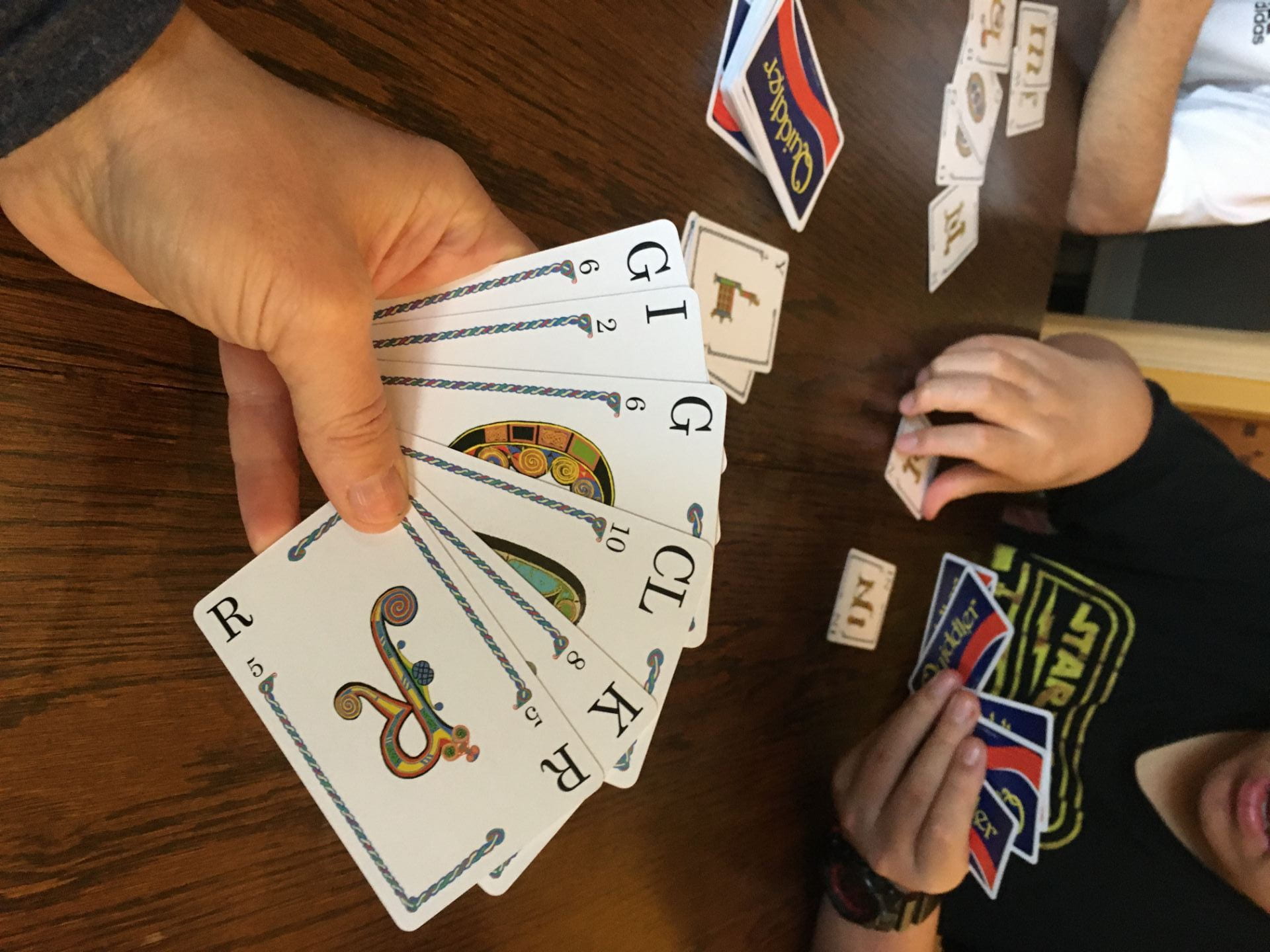


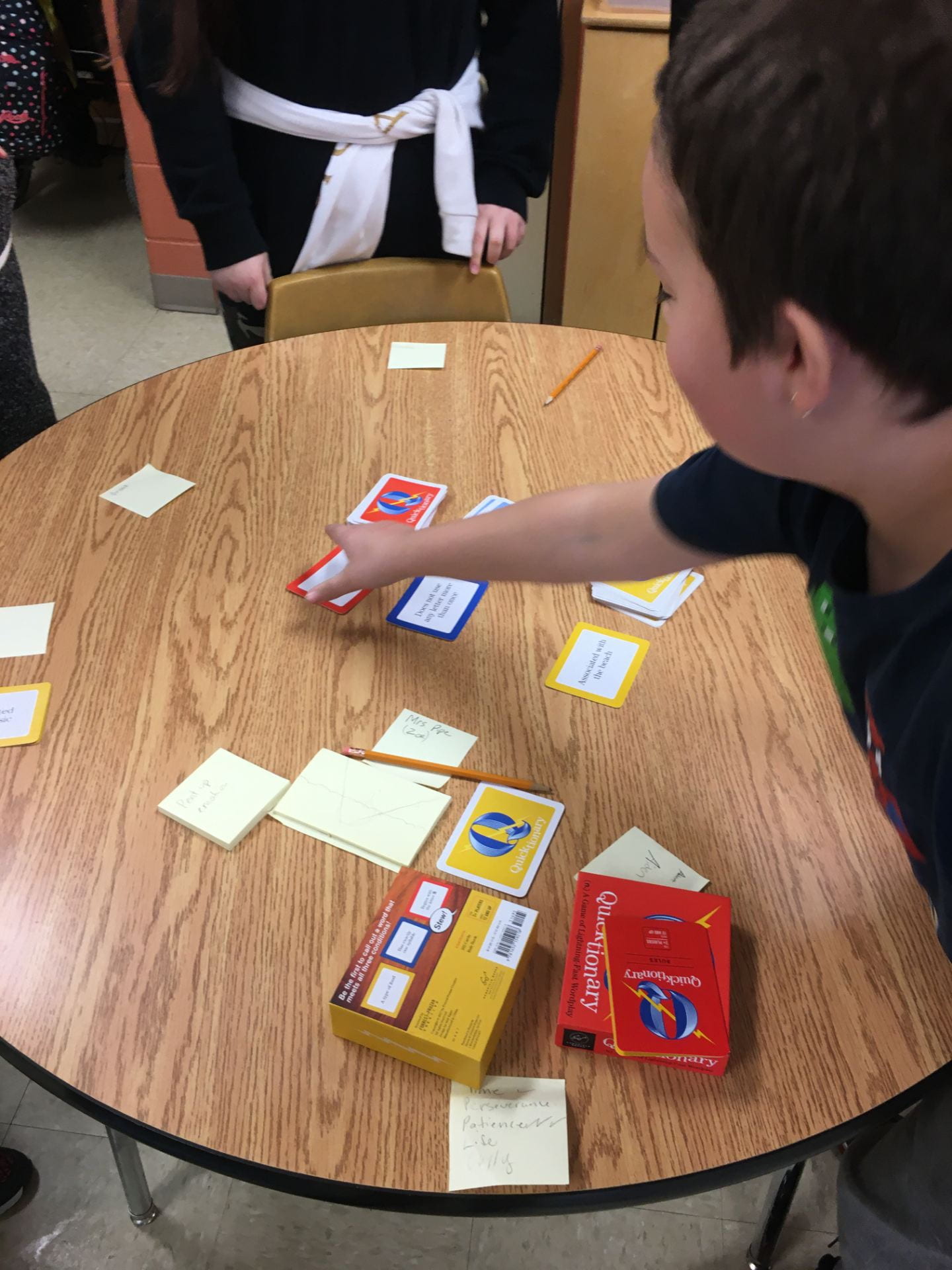 From:
From:
